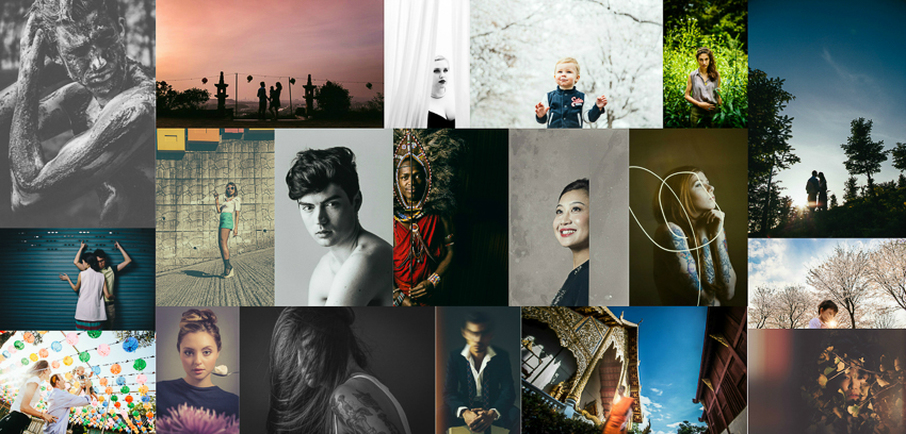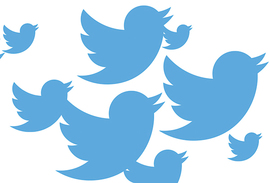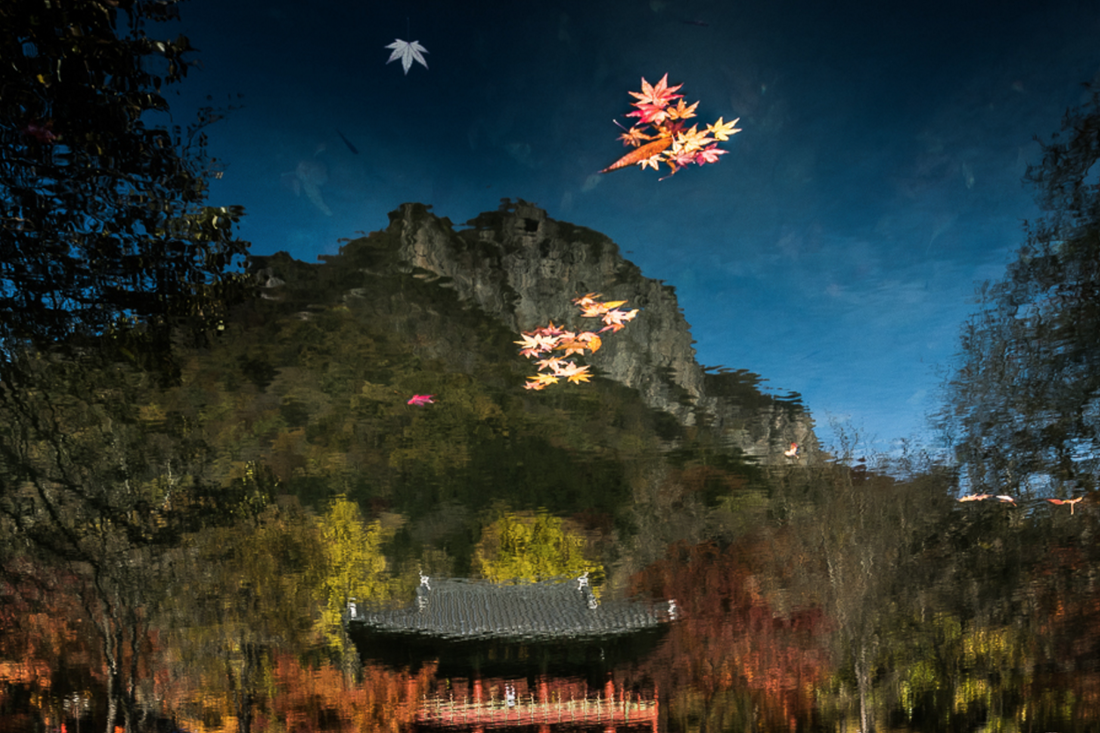An IntroductionA couple years ago, I was asked by PIK Magazine to submit an article on a photography related topic. Having free choice, I decided to write a brief piece on branding and how photographers should reconsider the need to pigeonhole themselves early on in their career. It is very interesting to look back and see where I was as a photographer when I penned this article. While my thoughts on branding and developing a photographic style have evolved over time (more on that later), I think many of my points in The Brand of No Brand are still valid and noteworthy to aspiring professional photographers. The Brand of No BrandBefore going to university, I had a conversation with my parents about the fundamental aspects of change. Leaving home, my parents explained, was an opportunity to mold and craft a new identity. In a new environment, the preacher’s son can dye his hair pink. Nickolas can decide he wants to be called Beau. The loose girl can become a prude. Sally can decide to stop hiding her inner nerd. The bully can correct their ways. With fresh surroundings, we are no longer confined to geographic norms or bound by parental expectation. The conversation with my parents struck me as odd. Personally, college was not a unique opportunity to develop a fresh identity. Seemingly, my inner landscape work took place frequently and I did not need a massive life change such as a move to a university to rethink my identity. To continually modify myself was not an identity crisis but was a set of identity trials that occurred both randomly and repeatedly. My alterations were not the “change” that my parents were speaking of. It is one thing to foster an inward identity and another to project an identity outwardly. The way we perceive ourselves and the way others perceive us are two separate and independent things. My parents were not speaking to change but to the creation of a unique, personal brand, an image that we intentionally project. It is this contrived image that we want others to consume and conjure when hearing our name. The photographic community talks a lot about branding. There is little difference between branding ourselves as photographers and the branding that we engaged in during our formative years. Knowingly or not, when we share our images we are branding ourselves. This fact is one that we should remain conscious of. But our personal branding begins well before we upload our images to 500px, Flickr, Facebook or our websites. For years now, I have personally branded myself as a photographer. Wanting others to guzzle this up, I projected the image of a photographer by talking shop, carrying a camera around and actually producing images. Others slowly began to recognize me as an image-maker. Now that I am successfully labeled as a photographer, the blogs, websites and photo gurus tell me it is time to hone my brand so that I can compete with other photographers. From the start, many photographers wish to develop a consistent style. This is well and good, especially if those professionals rely upon photography for their bread and butter. While I have great respect for those who choose to brand themselves, I do question the importance of branding for those without professional aspirations. What happens when we affix ourselves to a certain brand? Is there a consequence when our personal interests as photographers change? Will we discover ourselves sunken so deep into our own branding that we cannot change our .com address or our processing mixology? Moreover, will our brands be so established (or engrained) that we cannot allow our fluctuating moods to come through in our images? The importance of professional branding rests solely in our objectives as photographers. The minutia of the brand directly relates to our aspirations in the field. Yet, branding is irrelevant in relation to the quality of our images. When it comes to my own work, there are no prescriptions. I do not usually have a vision of a product when I leave for a shoot. I process according to how I feel at that given moment. I try or steal others’ techniques. Obviously, this is just another example of an identity trial. Considering this, how could I actually brand myself as a certain type of photographer? If I cannot find a style or genre that continually captures my attention, why should I engage in the hard and active work of branding? Artists evolve and what we show today that “represents us,” will be merely be that... today’s version of us. What is important is that we are happy behind the lens. The best brand is for us to be ourselves. If we love our work, it doesn’t matter what our logo font looks like. It doesn’t matter if there is no common thread or apparent style in the photographs we create. It doesn’t matter how many humans (or cyber bots) “like” our images. Considering this, it seems that the inner work I need to do is to concentrate on making images that make me happy instead of projecting a brand that will, more than likely, not suit me in a fortnight. Seeing that I constantly change, I am hereby adopting the brand of no-brand (for now). This article was originally published in PIK Magazine What are your thoughts on branding? I would love to hear your reactions in the comments section below. Content You Will Enjoy |
TABO PHOTO
Blog Categories
All
|



